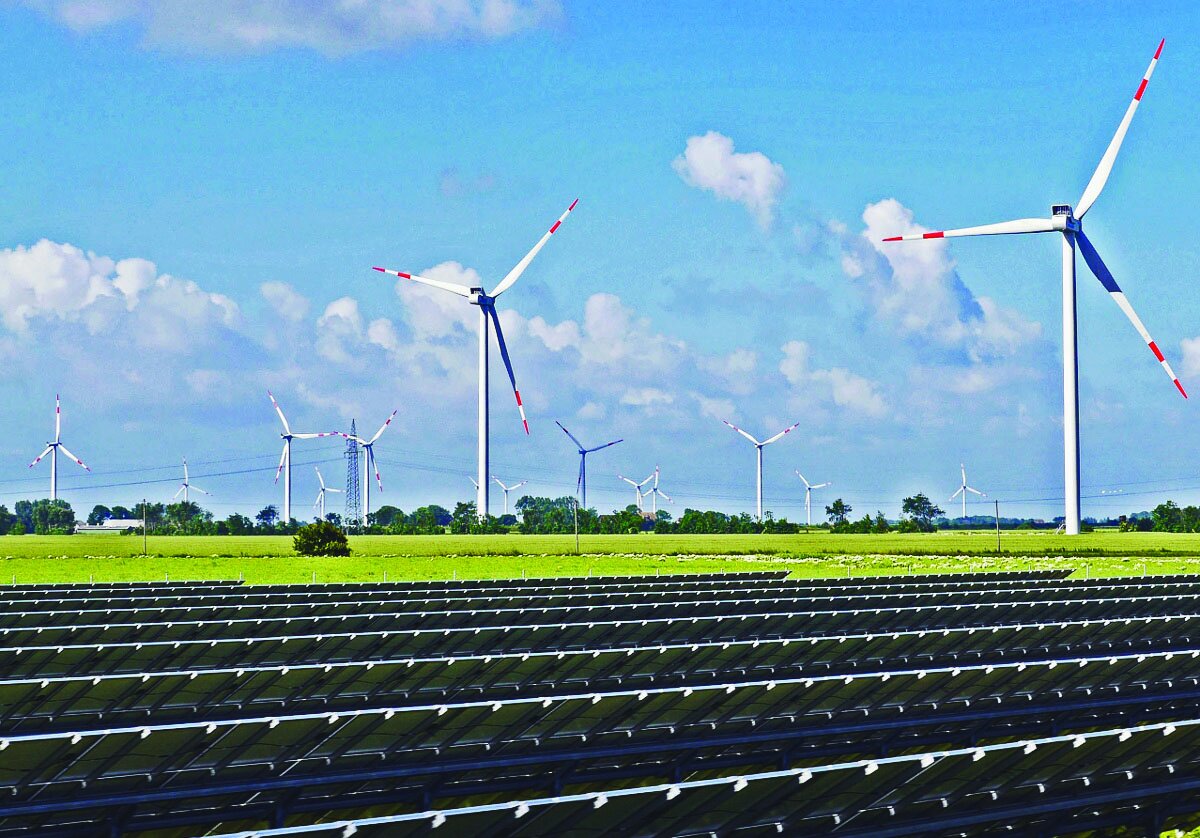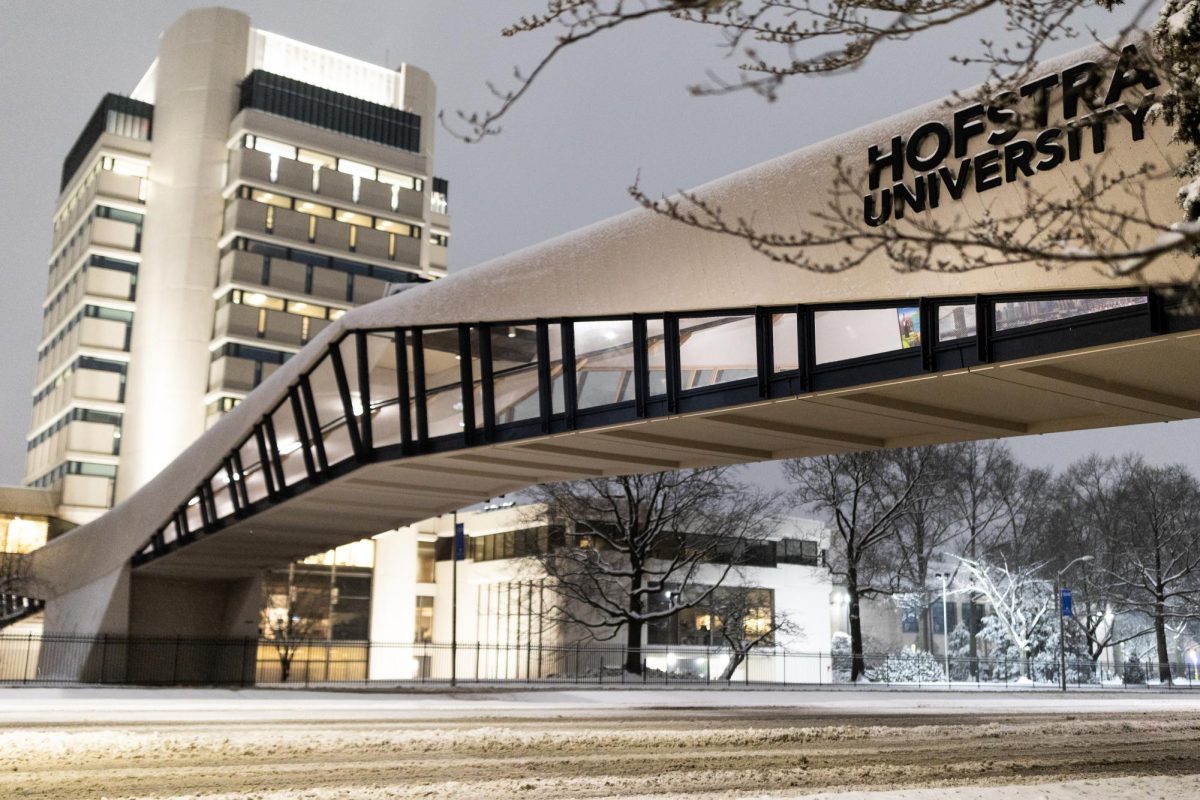The Environmental Bond Act, a $4.2 billion act, will be the first of its kind since 1996 if it is passed. New Yorkers have the opportunity to vote for it during the midterm elections. //Photo courtesy of Erich Westendarp.
On the ballot for New Yorkers in the midterm elections is a $4.2 billion environmental bond act. Labeled as Proposition 1, the Clean Air, Clean Water and Green Jobs Environmental Bond Act will be the first of its kind since 1996 if it is passed.
“The bond act is a once-in-a-generation opportunity to fund critical needs,” said Adrienne Esposito, executive director of Citizens Campaign for the Environment (CCE), a Long Island-based nonprofit organization that advocates for protecting the environment.
A minimum of $1.1 billion will be dedicated to restoration and flood risk reduction, $650 million will go to restoring water quality and infrastructure and $1.5 billion will be used for climate change mitigation. Additionally, 35% of funds will go toward environmental justice, and 100,000 environmental jobs will be created.
“What I view as the highlights are that it seeks to put about a third of the funds toward disadvantaged communities,” said Natalie Correa, a junior sustainability and geography major with a geographic information systems concentration. “It is looking to conserve open spaces and increase recreational access to them. It is looking to improve water quality and infrastructure – an important issue on Long Island – and provide money for infrastructure to protect against floods.”
Esposito said that this act will especially benefit Long Island, since the island contains 30,000 acres of undeveloped land that can be saved. Additionally, Long Island has struggled largely with contaminated groundwater and drinking water for several years.
“Our sewer infrastructure is old, it’s crumbling,” Esposito said. “Normally sewer structures are out of sight, out of mind until they break and raw sewage starts flowing into the street or the bay or the harbor. It will pay for these new state-of-the-art treatments for emerging toxic contaminants so our drinking water will be clean.”
Long Islanders need to learn about the importance of the act, according to Esposito.
“Long Island is the most vulnerable to sea level rise and climate impacts,” Esposito said. “So, we must fortify our coastlines by restoring wetlands and using nature-based solutions so the flooding doesn’t do damage to our homes and communities. Long Island has the most to gain by supporting this bond act.”
However, Esposito is concerned about how many people are not aware of the act.
“[Members of CCE] are concerned that it’s been a very quiet campaign so far,” she said.
Jason Valverde, a senior sustainability major, said that not enough people know or care about the act.
“If you want to have the beaches that we have, if you want to have the wineries that we have, if you want to take advantage of those for the rest of your life,” Valverde said, “then you need to put your best foot forward in trying to save it first.”
In response to this, CCE has partnered with a coalition of over 300 groups around New York, informing citizens about the Environmental Bond Act and urging them to vote for it during the midterm elections.
“Not every state has taken a step like this,” Valverde said, “so it’s important that we are putting our best foot forward and trying to mitigate climate change, especially with an area such as Long Island that’s very vulnerable to the effects of climate change.”
Correa feels if this act were passed, it would set a precedent for the other states to follow.
“For me, Proposition 1 is representative of the ability for local governments to have a more varied plan of action against climate change,” Correa said.
According to Esposito, the last environmental bond act was 25 years ago. “We can’t continue to wait,” she said. “The sewer infrastructure and the drinking water problems won’t fix themselves. All of these programs are necessities. They’re not luxury items.”
If passed, the Clean Air, Clean Water and Green Jobs Environmental Bond Act will provide significant funding to fight climate change in New York. After Tuesday, Nov. 8, New Yorkers will have decided if it is worth their vote.







